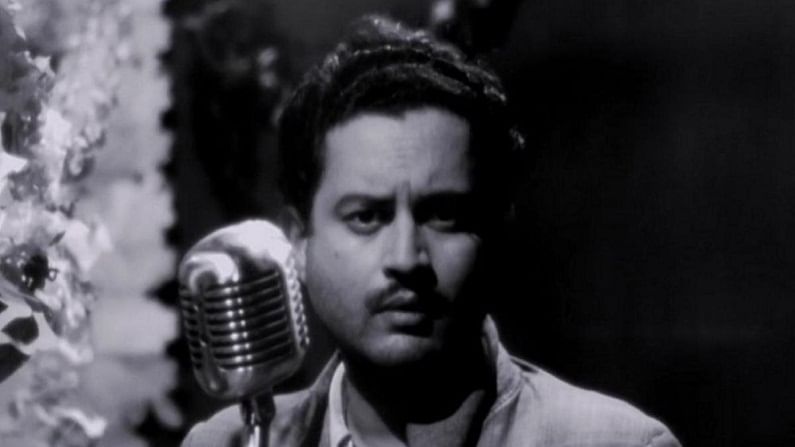Guru Dutt, the dreamer, was born today 96 years ago
Three of Guru Dutt's movies, Sahib Bibi Aur Ghulam, Kaagaz Ke Phool, and Pyaasa, are among his most notable works

Guru Dutt, the veteran actor was a dreamer, a curious breed who not only impressed with the films he made but brought an extension of his personality in his films. 96 years ago, an actor was born in Padukone, Karnataka. When an astrologer told his mother, that he would be world-famous, she shied. Little did she know, it was indeed going to be true. Guru Dutt, was a talent hub, someone who brought real-life onto the reel life.
On July 9, 1925, Guru Dutt was born to Vasanthi and Shivshankar Rao Padukone, a school headmaster. He was named after Vaishnava saint Madhavacharya, the great philosopher. Guru Dutt was also born on Thursday, hence was named Guru Dutt.
Guru had a disturbed and financially difficult childhood. Due to his father’s short temper, he did not have a close, emotional relationship with him. However, he did inherit his father’s short temper. As a kid, Guru Dutt was stubborn, never a talkative child, but had a great relationship with his mother. Lalitha Lajmi, the eminent artist was his younger sister.
Guru Dutt had developed a love for languages and books at a very young age. He could speak in English, Hindi, Konkani, and Bengali. He was also drawn to the Jatra, a form of theatre when his family lived in Kolkata. Here, he developed a great interest in the art of light and shadow. He also met B B Benegal, the person responsible for introducing Dutt to the world of Indian cinema.
He was married to playback singer, Geeta Roy.
The act of three
Guru Dutt was an artist- an actor, director, producer. However, according to Yasser Usman’s book, Guru Dutt: An Unfinished Story, Guru Dutt always underestimated himself as an actor. Three of his movies, Sahib Bibi Aur Ghulam, Kaagaz Ke Phool, and Pyaasa, are among his most notable works.
Sahib Bibi Aur Ghulam was India’s official entry at the 13th Berlin International Film Festival. Pyaasa’s theme was inspired by his father, the story of a heartbroken poet. In Baharen Phir Bhi Aayengi, his last movie, he played the role of a reporter.
In 1956, Guru Dutt had secured his place as a promising filmmaker with four big successes as a director – Baazi, Aar Paar, Mr & Mrs 55, and CID.
Guru’s style of working
Guru Dutt had a unique artistic style of working. He expanded the commercial convention. He used a 100 mm lens close-up shot, which was later got known as Guru shot. The first shot he directed for Pyaasa was of a close-up shot of a bee draining nectar. His fascination and love for light and shadow were evident in his movies.
Guru Dutt was a diligent artist. While working on Guru Dutt’s dream project, Pyaasa, Abrar Alvi said, “And it was in those long fruitful evenings that I learned a lot about Guru Dutt’s technique and cinematic expression. He was a man obsessed with cinema.”
The late actor also felt very responsible for the people who worked with him. To not hamper their livelihood, he had decided that after every commercially successful movie would be followed by an artistic and risky film. This way, he filled his worker’s bellies and his desire for creative works too.
Guru Dutt and Sanjay Dutt are related?
Contrary to popular belief, Guru Dutt and Sanjay Dutt are not related. Sanjay Dutt is the son of Sunil Dutt, who was born in Punjab on June 6, 1929, to Diwan Raghunath Dutt and mother Kulwantidevi Dutt. Both Guru and Sunil Dutt aren’t related.
Later life
According to Yaseer’s book on Guru Saab, Guru Dutt had a troubled relationship with alcohol. On way back from Berlin Film Festival, a disheartened Dutt drank, used all his sleeping pills. He hadn’t slept for four nights.
Once to a friend Dutt had said after two failed suicide attempts, “I am not dissatisfied with life, I am dissatisfied with myself.” His only dream to have a home where he could be at peace after a hard day at work remained unfulfilled.